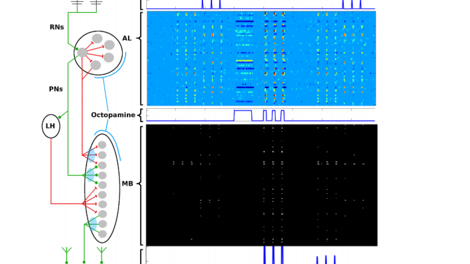Your podcast discovery platform
Curious minds select the most fascinating podcasts from around the world. Discover hand-piqd audio recommendations on your favorite topics.

piqer for: Global finds Technology and society Health and Sanity
Nechama Brodie is a South African journalist and researcher. She is the author of six books, including two critically acclaimed urban histories of Johannesburg and Cape Town. She works as the head of training and research at TRI Facts, part of independent fact-checking organisation Africa Check, and is completing a PhD in data methodology and media studies at the University of the Witwatersrand.
Using A Moth's Neural Network To Improve Machine Learning
Artificial neural networks are information transfer and exchange structures that (in theory) loosely mimic animal or human neural networks. They are also one of the ways machines can be programmed to learn or make different decisions or outputs based on different inputs. Not so much artificial brains as learning algorithms that borrow some of the structures or processes of biological nervous systems.
But machine learning systems are still far behind what even the simplest biological systems are able to to, in terms of both complexity and learning ability. In order to improve the potential of artificial neural networks, some scientists are returning to biological examples to see how nature itself has created layers of information that don't just pass from one channel to another but incorporate ways of modifying and affirming the information as it travels. (Think of electricity moving through a circuit board — but now add dimensions like volume, or reinforcement for good decisions.)
To do this, a team at the University of Washington in Seattle has created an artificial network that mimics the olfactory receptor network of the Tobacco hornworm moth, which has five distinct and well-documented networks that help the moth detect and interpret odours. By better understanding the transfer and feedback loops, mechanisms and pathways the moths use, the team hopes to improve machine learning capabilities.
